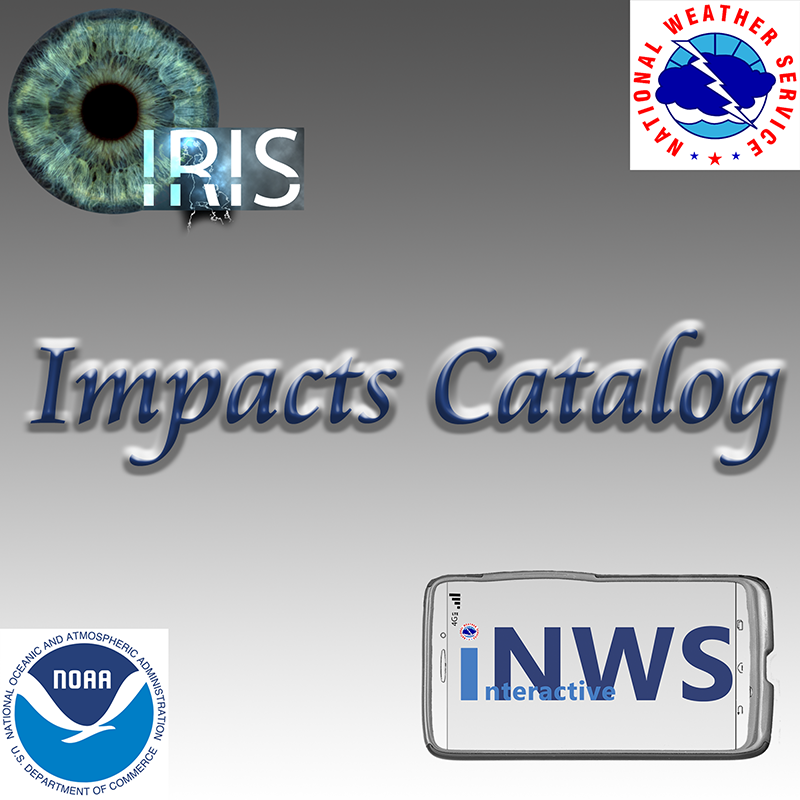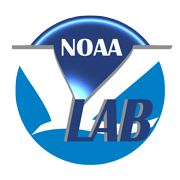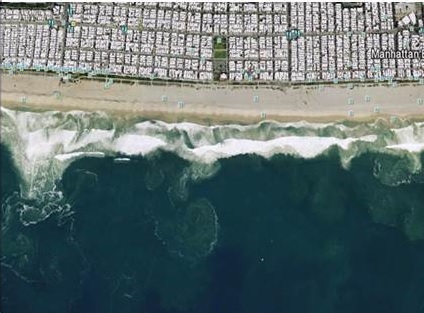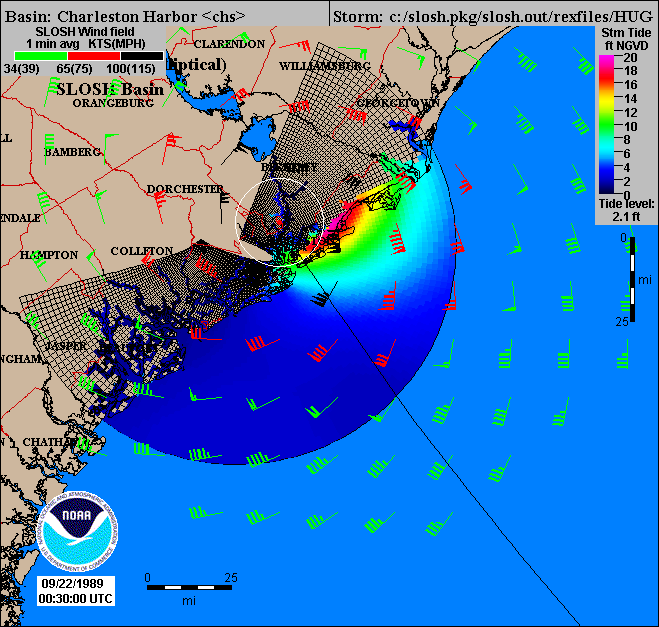Decision Support Tools - MDL
"Decision Support" could be defined as: the synthesis, display, and manipulation of data and guidance from various sources to aid the Weather Forecast Offices (WFO), River Forecast Centers and National Centers forecasters and other users in interpreting the wealth of information available at the WFO." Such methods and displays incorporate algorithms from other laboratories as well as those developed in MDL which lead the forecaster through a decision process appropriate for the specific weather situation being addressed. Such advanced interpretation and display techniques are integrated onto NWS operational workstations, mostly via AWIPS. Techniques for automatically monitoring weather observations and forecasts are developed and implemented to alert the forecaster of the need to update warning and forecast products, especially for dangerous weather. Guidance from the resulting techniques is used by NWS offices in preparing forecasts which go to emergency preparedness officials as well as the general public.
For further information about MDL's Decision Support Tools, please contact Judy.Ghirardelli@noaa.gov.




